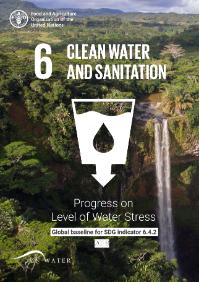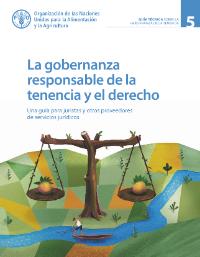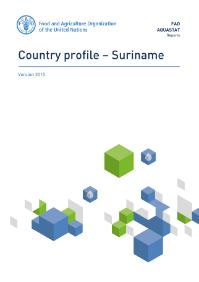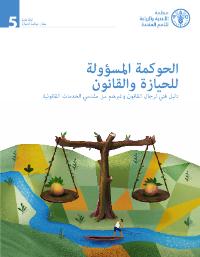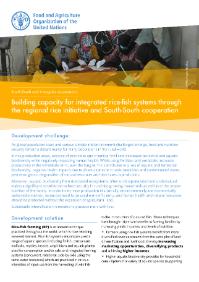Sustainable forest management activities, such as future crop tree (FCT) release treatments, became part of the REDD+ strategy to avoid carbon emissions from forests. FCT release treatments are intended to achieve increased growth of FCTs by removing competitor trees. This initially leads to a…
Land degradation exacerbates the unique vulnerabilities of Small Island Developing States (SIDS) to environmental challenges, such as climate change, flash floods, soil erosion, lagoon siltation, coastal erosion and sea level rise, undermining their economic potential. Land Degradation…
Access to safe water and sanitation and sound management of freshwater ecosystems are at the core of sustainable development. This is the aim of Sustainable Development Goal 6 (SDG 6), which includes approaches to water management such as environmental flow requirements, international…
This river basin overview describes the state of the water resources and water use, as well as the state of agricultural water management in the Amazon basin. The aim of this report is to describe the particularities of this transboundary river basin and the problems met in the development of…
This country profile describes the state of the water resources and water use, as well as the state of agricultural water management in Guyana. The aim of this report is to describe the particularities of the country and the problems met in the development of the water resources, and irrigation…
Esta guía técnica presenta un análisis de las dimensiones jurídicas de las Directrices voluntarias sobre la gobernanza responsable de la tenencia de la tierra, la pesca y los bosques en el contexto de la seguridad alimentaria nacional y su relación con el derecho internacional vinculante.…
This country profile describes the state of the water resources and water use, as well as the state of agricultural water management in Suriname. The aim of this report is to describe the particularities of the country and the problems met in the development of the water resources, and…
إن القوانين الوطنية حيوية لحوكمة الحيازة للجميع، وخاصة بالنسبة للشرائح الأكثر ضعفا في المجتمع. يستعرض هذا الدليل الفني الأبعاد القانونية للخطوط التوجيهية الطوعية بشأن الحوكمة المسؤولة لحيازة الأراضي، ومصايد الأسماك والغابات في سياق الأمن الغذائي الوطني وأوجه الترابط بالقانون الدولي الملزم.…
Large-scale development projects often overlap forest areas that support the livelihoods of indigenous peoples, threatening in situ conservation strategies for the protection of biological and cultural diversity. To address this problem, there is a need to integrate spatially-explicit…
Meeting Name: Commission on Genetic Resources for Food and Agriculture (CGRFA)
Meeting symbol/code: CGRFA-16/17/Inf.11.4
Session: Sess. 16




